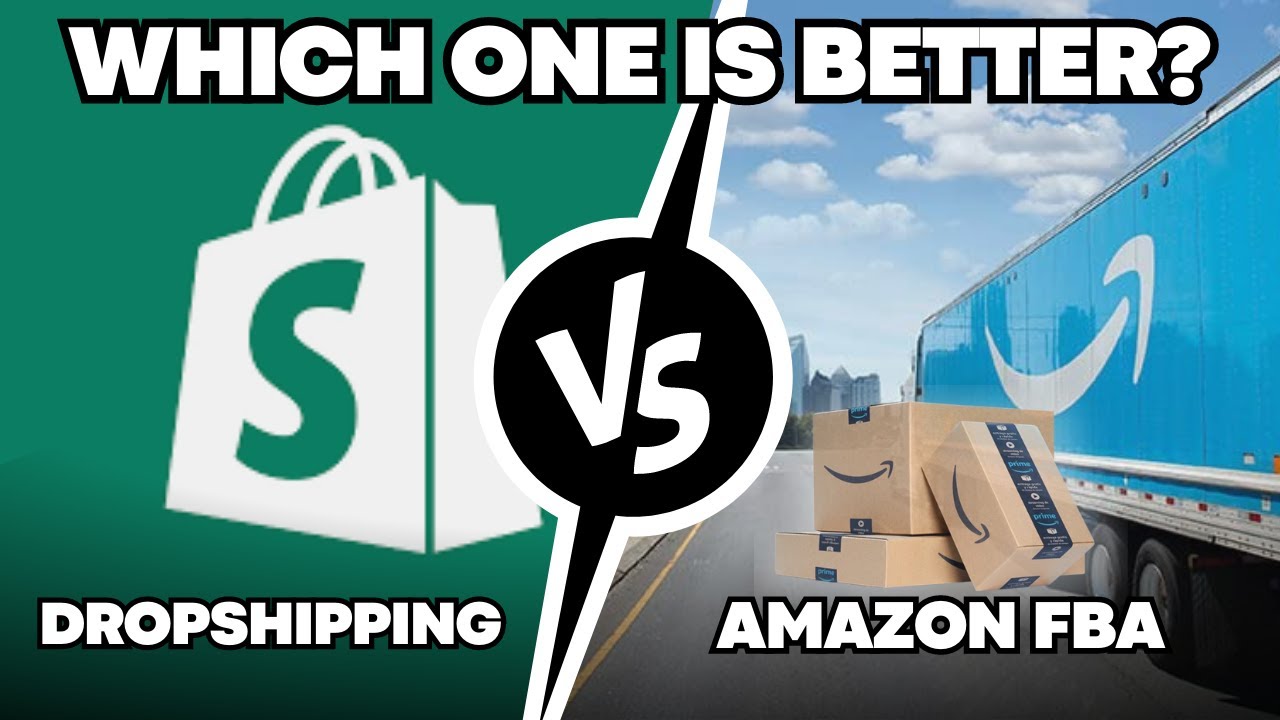
Are you considering starting an e-commerce business but not sure whether to go with Shopify dropshipping or Amazon FBA? Both are popular business models that offer unique advantages and challenges. In this article, we will compare Shopify dropshipping and Amazon FBA to help you decide which one is better suited for your needs in 2023.
Shopify Dropshipping:
Shopify dropshipping is a business model where you set up an online store using the Shopify platform and partner with suppliers to fulfill customer orders. Here are some key points to consider:
1. Low Startup Costs: One of the biggest advantages of Shopify dropshipping is the low barrier to entry. You don’t need to invest in inventory upfront, which significantly reduces your initial investment.
2. Flexibility: With Shopify dropshipping, you have the flexibility to choose the products you want to sell and work with multiple suppliers. This allows you to test different products and niches to find what works best for your business.
3. Branding Control: When you run a Shopify dropshipping store, you have full control over your branding, marketing, and customer experience. This gives you the opportunity to build a unique brand that resonates with your target audience.
4. Marketing Opportunities: Shopify dropshipping allows you to leverage various marketing channels, such as social media, influencer partnerships, and email marketing, to drive traffic and sales to your store.
Amazon FBA:
Amazon FBA (Fulfillment by Amazon) is a program where you send your products to Amazon’s fulfillment centers, and they handle storage, packing, and shipping of your orders. Here are some key points to consider:
1. Prime Shipping: One of the biggest advantages of Amazon FBA is the ability to offer Prime shipping to your customers. This can lead to higher conversion rates and customer satisfaction, as Prime members expect fast and reliable shipping.
2. Trust and Credibility: Selling on Amazon gives you access to millions of active customers who trust the platform. This can help you reach a larger audience and build credibility for your brand.
3. Customer Service: Amazon handles customer service, returns, and refunds on your behalf, which can save you time and resources. This allows you to focus on growing your business rather than dealing with customer inquiries.
4. Competition: The downside of selling on Amazon is the high level of competition. With millions of sellers on the platform, it can be challenging to stand out and differentiate your products from others.
Which One Is Better?
Ultimately, the


